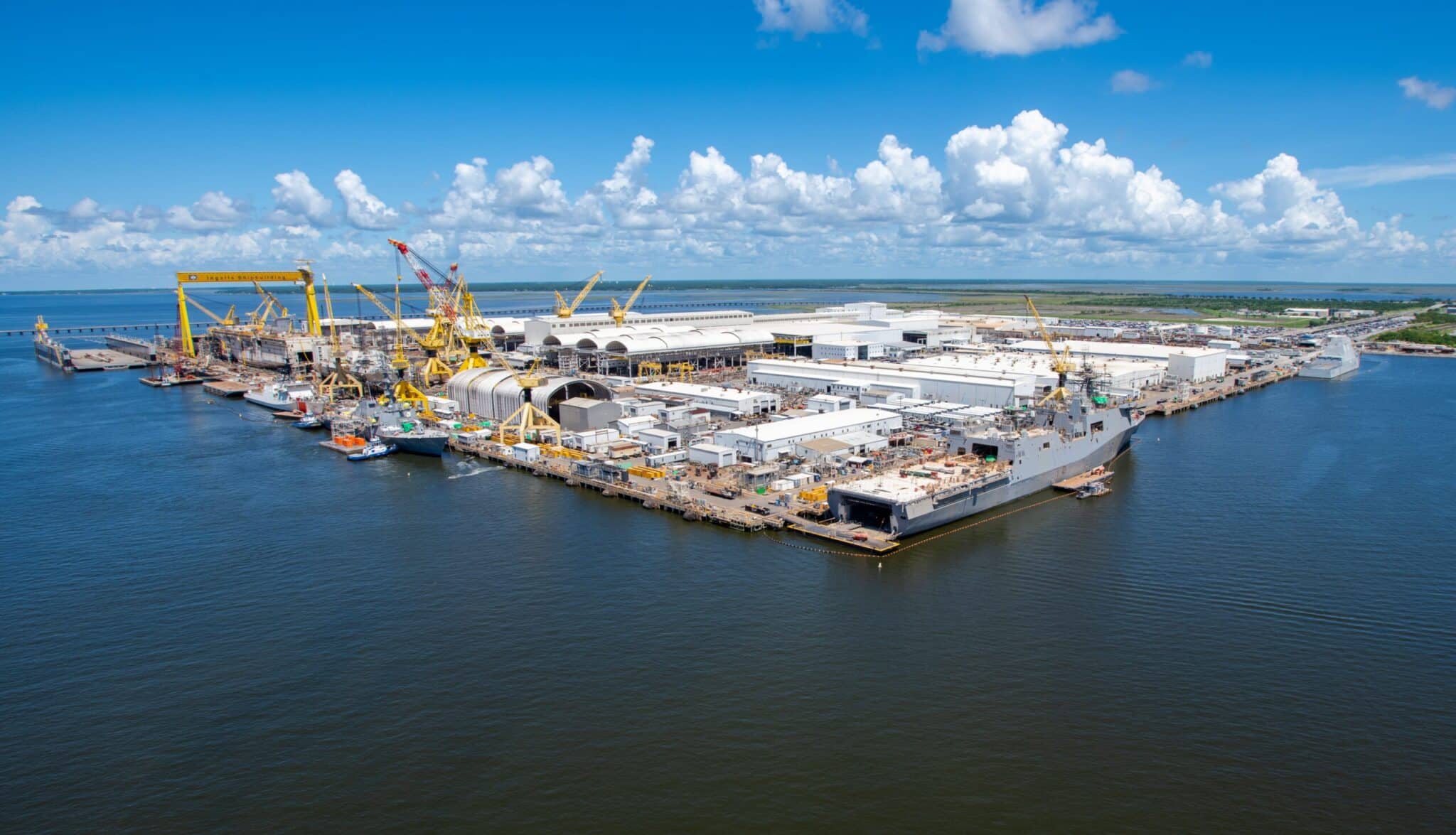Challenges in U.S. Navy Shipbuilding Workforce

The U.S. Navy has long been a cornerstone of American military strength, but recent developments reveal a troubling trend in its shipbuilding industry. As President-elect Donald Trump prepares to take office, he has made bold promises to increase the number of ships built for the Navy. He emphasizes the importance of these jobs, stating, “It’s very important because it’s jobs, great jobs.” However, the reality is more complex. The shipbuilding industry is grappling with a significant worker shortage, and Trump’s immigration policies may exacerbate this issue.
Worker Shortages in Shipbuilding
The shipbuilding industry is facing a crisis. A Navy report from last year indicates that several major shipbuilding programs are years behind schedule. This delay is primarily due to a lack of available workers. In fact, warship production has plummeted to its lowest level in 25 years. The industry has invested millions in training and recruiting American workers, yet these efforts have not yielded the necessary results.
Shipbuilders are now looking to immigrants to fill the gaps. Many immigrants work in various roles, from welders to painters, performing essential tasks that keep shipyards operational. Executives in the industry express concern that any future immigration restrictions could further hinder their ability to meet production demands. Ron Wille, president of All American Marine, stated that his company is “clawing” for workers. Meanwhile, Peter Duclos, president of Gladding-Hearn Shipbuilding, described the current immigration system as “so broken” that it complicates efforts to retain and recruit skilled labor.
Despite the industry’s attempts to modernize and attract new talent, experts warn that these initiatives are insufficient. Shelby Oakley, an analyst at the Government Accountability Office, remarked, “We’re trying to get blood from a turnip. The domestic workforce is just not there.” This stark reality raises questions about the future of shipbuilding in the U.S. and the potential impact of immigration policies on this critical sector.
The Role of Immigration in Shipbuilding
Immigrants play a vital role in the shipbuilding industry. They fill a variety of positions, often performing labor-intensive tasks similar to those found on construction sites. Many shipyards rely heavily on immigrant labor to maintain productivity. However, the prospect of stricter immigration policies under a Trump administration raises alarms among industry leaders.
Executives worry that any crackdown on immigration could disrupt their workforce. The shipbuilding industry has already faced challenges in retaining skilled workers, and further restrictions could exacerbate these issues. The lack of publicly available data on the extent of immigrant labor in shipbuilding complicates the situation. While some shipbuilders claim they do not employ undocumented workers, reports have surfaced indicating that some companies have utilized such labor through subcontractors.
For instance, a ProPublica investigation highlighted a tragic case involving an undocumented Guatemalan worker who died on the job at a Louisiana shipyard. The worker’s family received no death benefits, raising ethical concerns about labor practices in the industry. Furthermore, the shipbuilding sector has historically supported Republican candidates, leading to speculation about how political contributions may influence immigration policies.
As the Biden administration shifts focus away from workplace raids, the potential for a return to stricter enforcement under Trump looms large. The incoming administration’s commitment to deporting undocumented workers could have dire consequences for the shipbuilding industry, which relies on a diverse workforce to meet its production goals.
The U.S. Navy’s shipbuilding industry stands at a crossroads. While promises of increased production and job creation abound, the reality of a shrinking workforce and potential immigration restrictions poses significant challenges. The industry’s future depends on finding a balance between meeting production demands and navigating the complexities of immigration policy.
